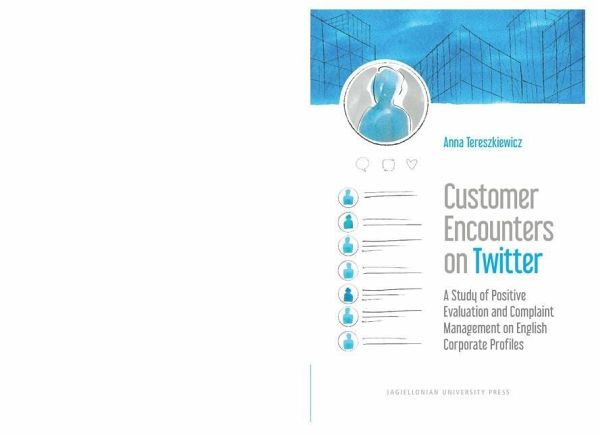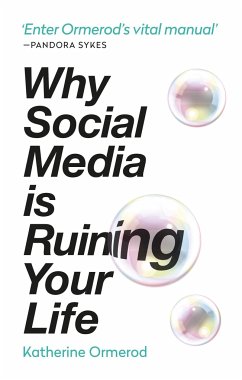
Customer Encounters on Twitter - A Study of Positive Evaluation and Complaint Management on English Corporate Profiles
Versandkostenfrei!
Versandfertig in 2-4 Wochen
50,99 €
inkl. MwSt.

PAYBACK Punkte
25 °P sammeln!
This book presents a discussion of the properties of customer encounters conducted on brand profiles on Twitter. The author characterizes consumer messages containing positive evaluation and complaints posted on company profiles.
Dieser Artikel kann nur an eine deutsche Lieferadresse ausgeliefert werden.












